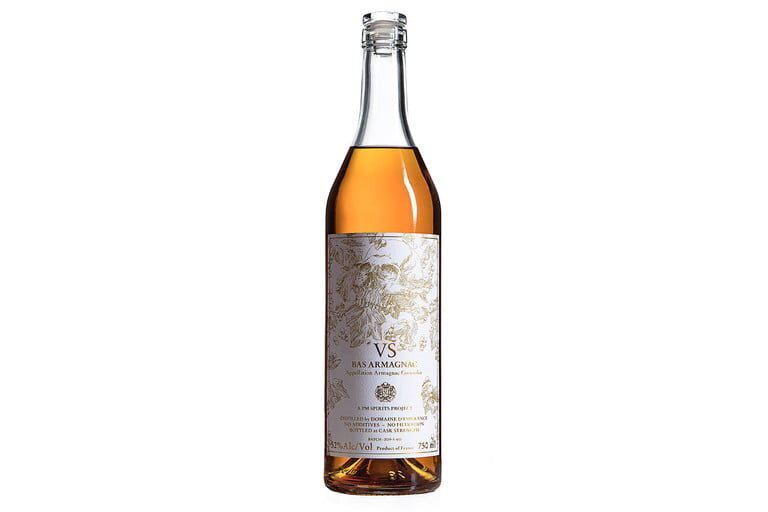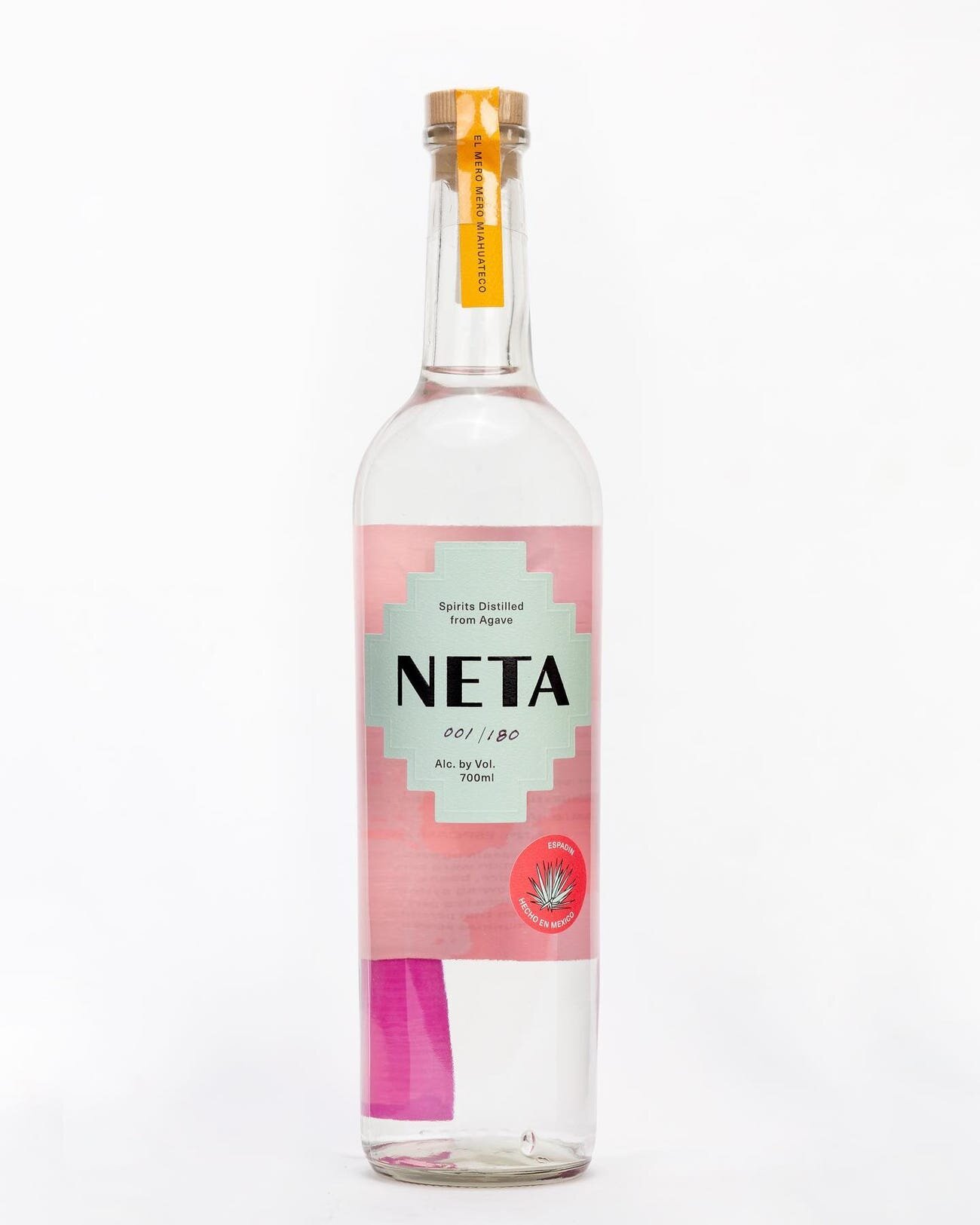La Boutique Des Vins in Toulouse’s historic Carmes neighborhood is one of the more popular spots for local residents to browse for just the right wine or spirit, maybe even a craft beer. On a quiet Friday evening when store traffic was still sparse, Noémie Cassou-Lalanne arrived in the hopes of convincing customers to reconsider a traditional spirit that might only rarely be on their shopping list.
Surrounded by a nook of shelves filled with wine bottles, teas, and chocolate bars, Cassou-Lalanne set up a small table and a silver tray with three bottles of Armagnac from the Pellehaut domaine in the Gascony region where she’s in charge of marketing. She then improvised a small bartending station, complete with cutting board, mint leaves, a pestle, tiny umbrellas, ice cubs, and simple syrup to make Armagnac Mojitos.This reimagined cocktail used two types of Armagnac that this artisanal industry hopes will revitalize the image of France’s oldest eau de vie. The first, L’Age de Glace Château de Pellehaut, is a light-brown blend of Armagnacs that have spent little time aging a barrel. The other is Blanche Armagnac, a clear white spirit that has not been aged.
Queen Snake - Shannon Tebay, Death & Co.
INGREDIENTS
Serving: 1
1 1/2 ounces blanche de armagnac, preferably Cobra Fire Eau de Vie de Raisin
1/2 ounce Clear Creek Douglas Fir Eau de Vie
2 teaspoons lychee liqueur, preferably Giffard Lichi Li Lychee Liqueur
1 teaspoon crème de cacao, preferably Marie Brizard
1 lime shoulder
DIRECTIONS
Express lime, leave in bottom of a Sazerac glass.
Combine all ingredients and stir to integrate.
Top with cracked ice.
Claire de Montesquiou plunged into Armagnac 30 years ago with her husband after living in England. They bought Domaine D’Espérance and began to restore its vineyards. They believed the clay soil on the far western part of the official Armagnac region would yield high-quality grapes. Three decades later, they’ve developed a strong international reputation while also staying small. “I make small quantities of high quality,” she said. “It’s like if you wanted to compare haute couture to ready-to-wear.”
She’s also brought a willingness to experiment. Several years ago, she connected with Nicolas Palazzi, a Bordeaux native who had moved to New York City where he worked as an importer and brand ambassador. Palazzi was passionate about Armagnac, but he felt it was too complicated to explain to bartenders and potential customers. “The fact that it’s called Blanche Armagnac makes it really hard to sell in my world,” he said.
Cobrafire, eau-de-vie raisin
He worked with de Montesquiou to create a product called Cobrafire. Rather than sitting in a still container for 3 months and having water added, the Armagnac is distilled at a lower alcohol rate, bottled after one month, and then sold as an “eau-de-vie raisin.”
“I’m a big proponent of putting stuff in a bottle at its natural proof,” Palazzi said. “If you try it and you like it, and then you need to add water to it, then you can do it. But it’s not someone in a lab deciding for you.”
It’s a sharp break with tradition. But Palazzi said Armagnac makers need to take some chances if their product is going to reach a wider audience.
“What we’re trying to do with Cobrafire is to reframe things so that people are interested,” Palazzi said. “We’re trying to sell something really good. I want to let people discover the work of distillers who really care about their stuff.”


















